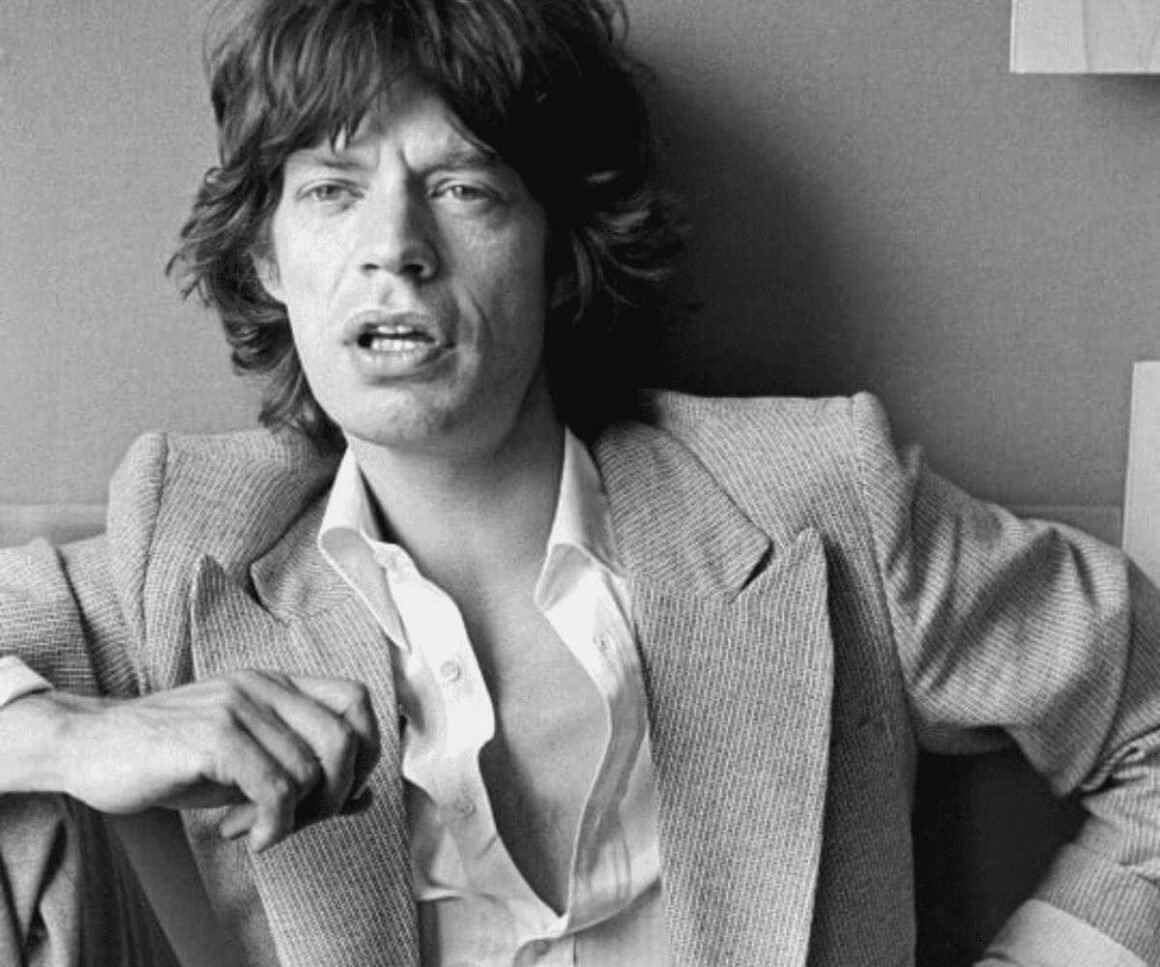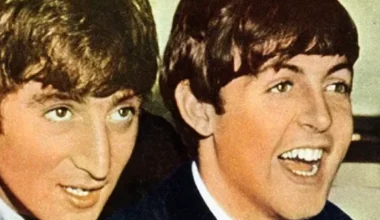The debate over who reigns supreme—The Beatles or The Rolling Stones—has raged on for decades, becoming as polarizing as personal preferences like tea versus coffee. Yet, unlike those simpler choices, this musical rivalry has no definitive answer, making it a topic of eternal discussion for music lovers everywhere.
Even Paul McCartney couldn’t resist throwing fuel on the fire. In a candid remark, he dismissed The Rolling Stones as a mere “blues cover band,” boldly asserting, “The Beatles were better.” Mick Jagger, with his characteristic wit, responded by highlighting the undeniable fact: while The Beatles are a beloved memory, The Stones continue to electrify audiences, embarking on yet another world tour.
A Friendly Feud That Fueled Creativity
The competition between these British Invasion titans wasn’t merely about record sales or popularity—it drove innovation. The Beatles and The Stones constantly pushed each other to evolve musically.
As McCartney once admitted, “We went to America, and we had huge success. Then the Stones went to America. We did Sgt. Pepper, the Stones did a psychedelic album. There’s a lot of that.”
John Lennon also noted the rivalry, albeit with a hint of hurt feelings. “I was always respectful about Mick and the Stones, but he said a lot of sort of tarty things about The Beatles, which I am hurt by. You know, I can knock The Beatles, but don’t let Mick Jagger knock them.”
Despite occasional barbs, the relationship was largely one of mutual respect. McCartney reflected, “We were great friends, still are kind of. We admire each other. The Stones are a fantastic group. I go see them every time they’re out. They’re a great, great band.”
The Rubber Soul Connection
One notable instance of influence involves The Beatles’ Rubber Soul, an album that marked a significant shift in their artistic direction. Its experimental sound and introspective lyrics were a far cry from their earlier, more carefree hits.
Even the album’s cover was a departure, a product of serendipity during a photo session at John Lennon’s Weybridge home. Photographer Robert Freeman projected an image of the band onto a cardboard template, and when the card tilted back, elongating the photo, the band knew they had their cover.
The album title, Rubber Soul, also carried an interesting backstory. According to McCartney, it was inspired by an old American bluesman’s critique of Mick Jagger: “Mick Jagger, man. Well, you know, they’re good, but it’s plastic soul.” Worried the term might come off as too pointed, The Beatles gave it a playful twist, blending their creative vision with a sly nod to the rivalry.
Mutual Inspiration
Despite their competitive edge, The Beatles and The Rolling Stones often admitted to influencing each other. The Stones’ grittier sound and bluesy roots pushed The Beatles to explore new musical directions, while The Beatles’ pioneering studio techniques challenged The Stones to elevate their artistry.
The debate over which band was better will never be resolved, but perhaps that’s the point. Their rivalry wasn’t about proving superiority; it was about redefining what rock music could be. And in doing so, both bands left an indelible mark on history.








